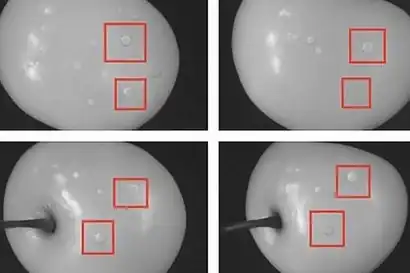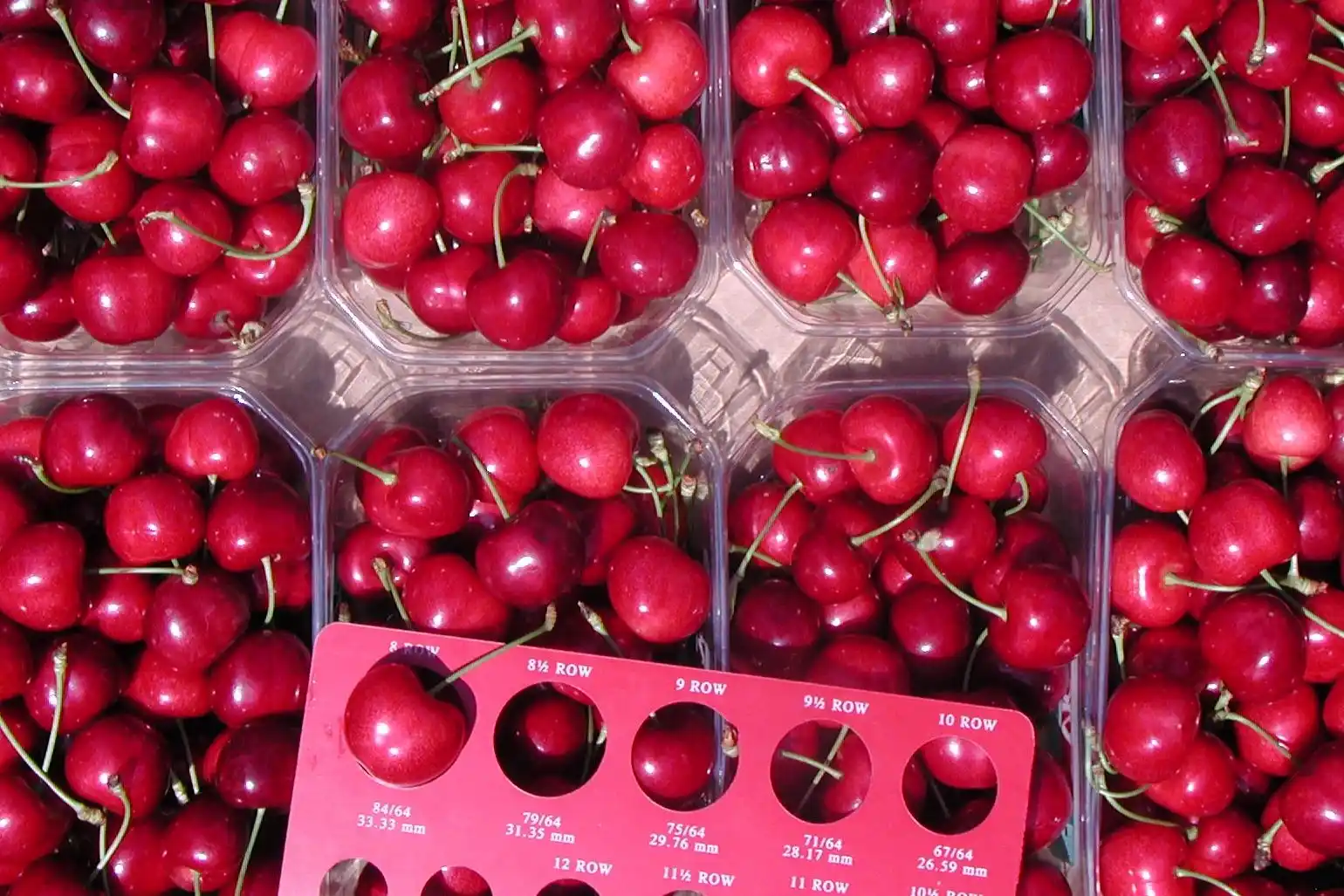
Brunella Morandi - Università di Bologna (IT)
Comitato tecnico-scientifico di Cherry Times
The adoption of multi-functional covers in orchard systems is widely increasing due to their protective function against biotic and abiotic stressors.
In sweet cherry, nets and plastic covers are commonly used against hail, wind and, most of all, rain as one of the most effective tools to prevent cracking. Depending on their different features (mono-block or mono-row, material, color, shading level), multi-functional nets can affect a wide range of environmental, physiological, and productive factors. In fact, netting is known to alter the orchard microclimate in terms of temperature, relative humidity, wind speed and canopy light interception from both qualitative and quantitative points of view.
Multifunctional nets can be characterized by different shading levels. These levels vary depending on thread color, net weave, and material and reduce the amount of radiation reaching the orchard. Depending on the color of their material covers can increase diffuse light, thus improving light penetration and distribution within the canopy, with potential benefits on photosynthesis and fruit quality.
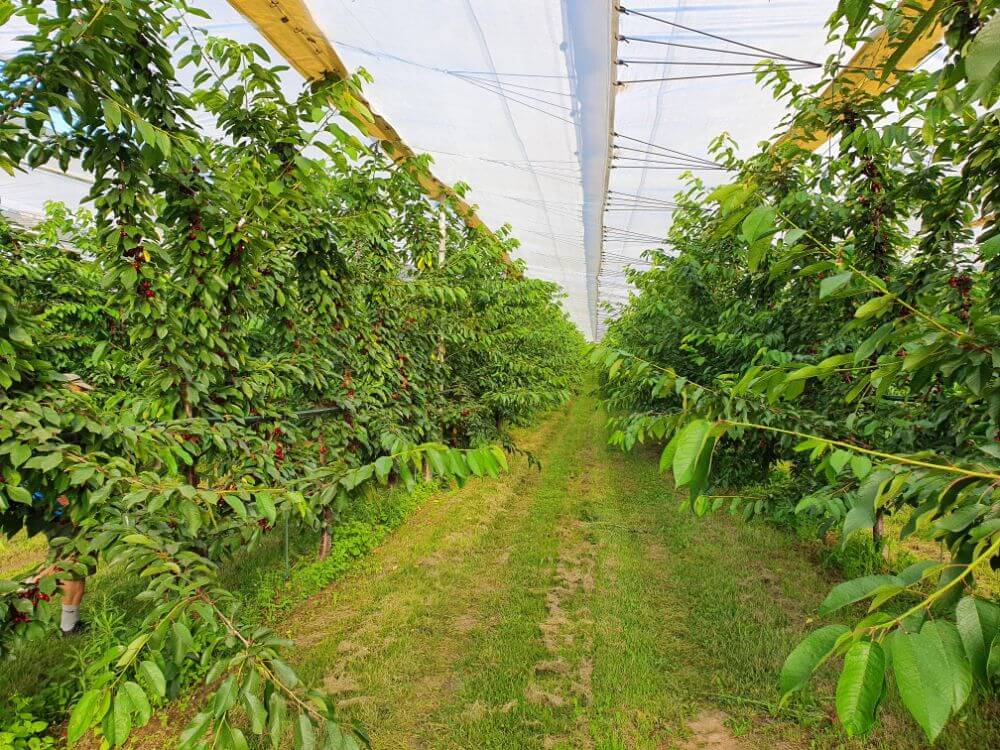
The effects on temperatures are highly variable and change depending on the material (threads, plastic covers etc). Thanks to their shading effect, covers usually reduce maximum temperatures during the day, even though in some cases an increase in the minimum nocturnal temperature has also been reported.
This effect can make covers a potential effective tool to protect orchards from the more and more frequent late frost occurring at blooming time. On the other hand, under non-shading plastic covers, maximum temperatures can significantly increase during the day as a consequence of the typical greenhouse effect, while decreasing during the night.
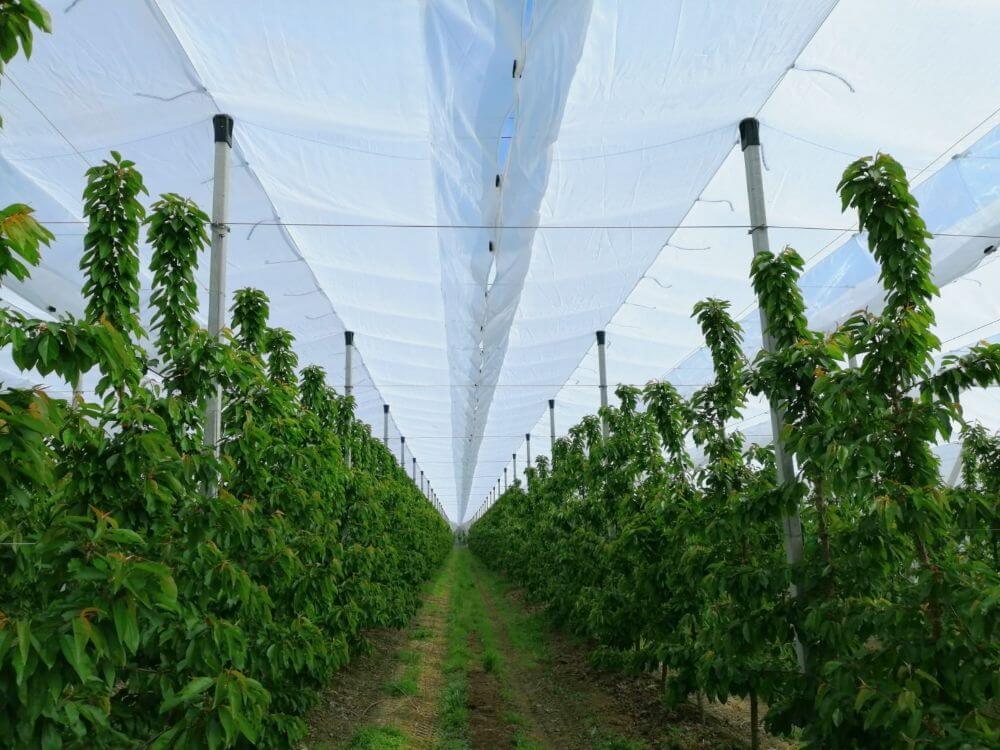
Usually, when the level of shading is higher than 30-40%, nets can easily affect plant water status. In fact, the lower temperatures recorded under shading covers reduce tree evapotranspiration with consequent benefits on water use efficiency. These results have been reported in apple, citrus and apricot with no negative consequences for fruit quality and yields. Therefore, shading covers can represent a useful tool to mitigate abiotic stresses such as heat waves, increased evapotranspiration requirements and drought, in addition to their “multi-function” against precipitations and pests.
Among the various crops, sweet cherry is one of the species having more benefits from the application of multifunctional covers, due to the many biotic and abiotic factors influencing its production (mainly, fruit "cracking" and Drosophila suzukii).
These premises suggest how dwarfing rootstocks might benefit from the reduced temperature deriving from nets deployment. Recent findings from the University of Bologna show how the effects on the tree physiological and productive performance, deriving from the use of mono-row multi-functional nets, can change depending on rootstock vigor.
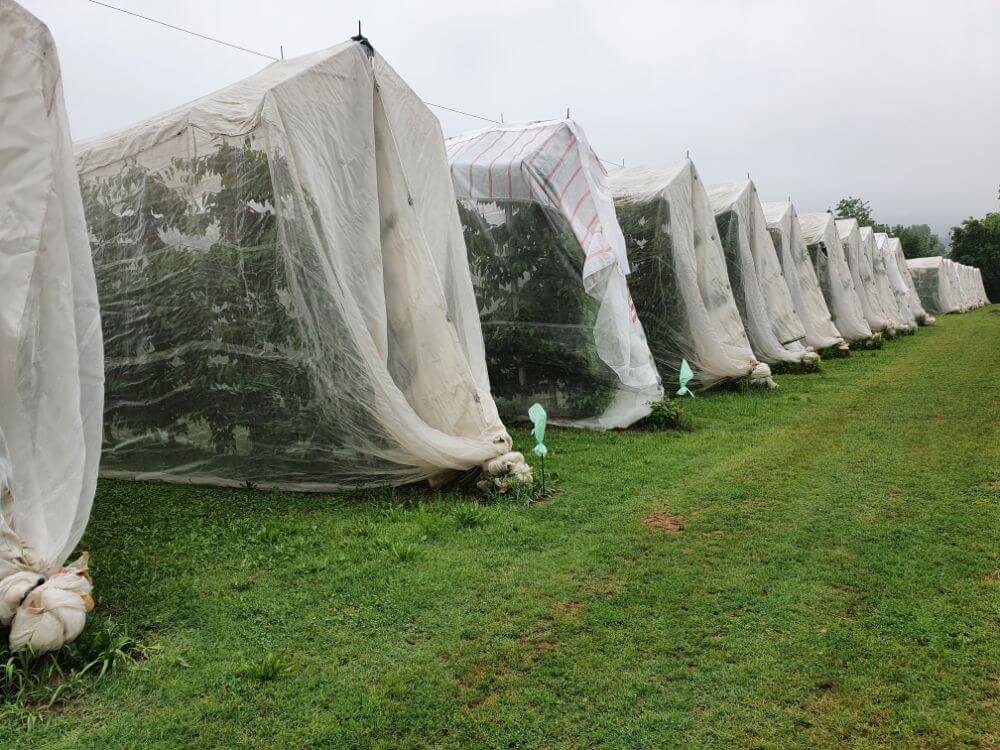
In fact, when applied to intensive systems on dwarfing rootstocks, mono-row nets can play positive effects due to i) limited light reductions, thanks to the low canopy density, with no negative effect on stomatal conductance and leaf gas exchanges; ii) possible improvements in plant water status. On the contrary, when applied to systems on vigorous rootstocks, mono-row nets can play negative effects due to the typical high canopy densities of these systems which imply i) a reduction of the PAR radiation within the canopy, with possible decrease in stomatal conductance and thus in leaf carbon assimilation; ii) an increase in the fruit water potential which can lead to a reduction in fruit strength as sink, lower fruit growth rates and fruit quality at harvest.
In conclusion, multifunctional covers can play a wide range of effects on the orchard microclimate and physiological performance, depending on their type and features but also on the orchard characteristics (eg. vigor, density, variety etc.). Despite research is still needed to optimize the type of covers based on the different environments and the orchard features, multifunctional nets are currently one of the most effective and promising tools against biotic and abiotic stressors.
Cherry Times - All rights reserved









